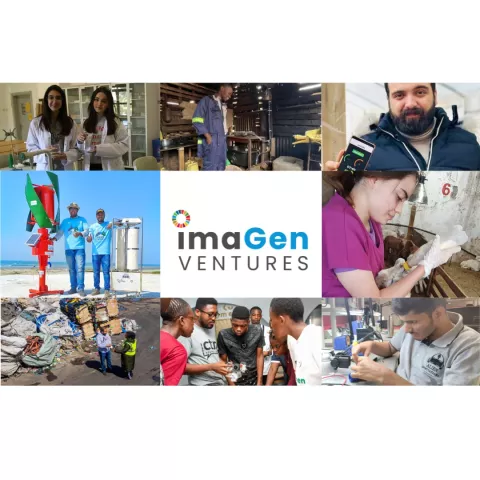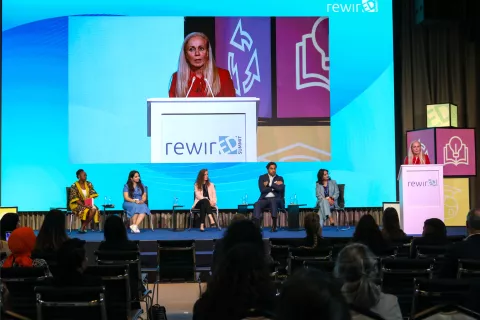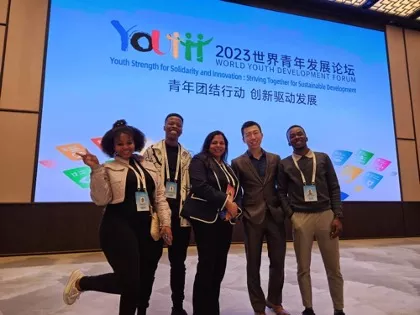Digital Divide: Ramifications – Bridging Gaps and Opening Doors
Global Board Member, Generation Unlimited, and Disability and Inclusion Research Consultant, Theirworld

When I think of the expanding technological innovations around the world, I am reminded of the extemporary question I was asked in middle school, “Is technology a Boon or a Curse to Humanity?”
“A boon.” I had argued and grew up with that mindset. The reason for my answer was the digitalization that information and communication technology has brought about, ensuring access to media, and serving diverse educational needs.
But just as everything has its pros and cons, so does the digitalization, underpinning my argument. Now, approximately fifteen years later, it is more pertinent to think about the digital divide that the technical innovation and digitalization have caused, further intensified by the coronavirus pandemic.
My argument, that digitalization helps the underprivileged, like the poor, rural, and persons with disabilities access education at par with their rich or middle class, urban, and non-disabled peers, has been Uncorroborated by the harsh reality that many of these people, who I had expected to have access due to digitalization, continue to be left behind. The reason is a lack of access to computers and internet and inaccessible devices and content, and hence, a digital divide.
Throughout the pandemic, as teaching and learning shifted online, about 463 million children and young people around the world, lost access to education. While this accelerated the sociological, economic and educational inequalities, it further illuminated the structural weaknesses in societies, simultaneously, jeopardising the ambition of SDG 4 to achieve inclusive, equitable and quality education and SDG 8 to achieve decent work and economic growth for all by 2030.
The need, therefore, is to accelerate efforts to close the digital divide, and substantially, to do it as quickly as the pandemic expanded it. However, we would need to have both short-term and long-term phases. In the short-term phase, public and private partnerships must be expanded to build on young people skills and provide reliable internet access through mobile hotspots, community access centres, and provision of low or no cost internet. In the long-term phase, young people must be empowered with digital literacy through basic literacy skills and standardized quality educational curriculum. At the same time, young people must also be prepared with work – ready skills through job related, vocational training opportunities, access to digital job boards, and digital internship and apprenticeships.
Closing the digital divide requires a collaborative effort between states, and other sectors like education, businesses and philanthropy. The argument to my extempore would now have to be Complimented with the argument that restricted access expands the digital divide, which needs to be closed in order to make technology a boon for all.
Follow Vibhu: @VibhuSharma_11




